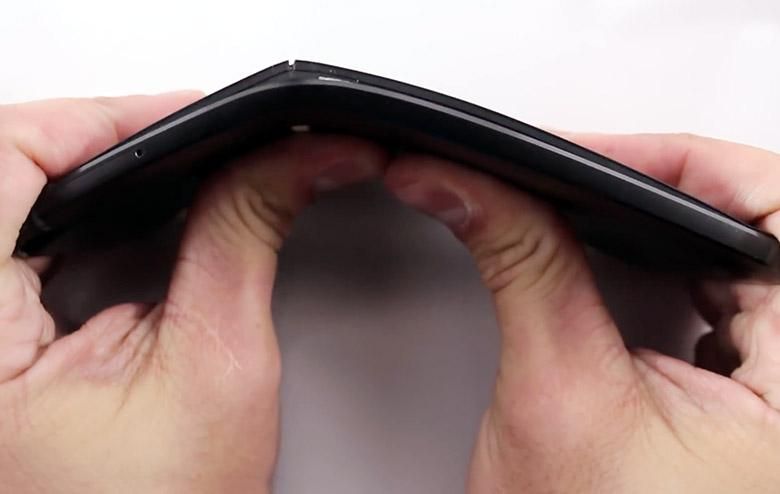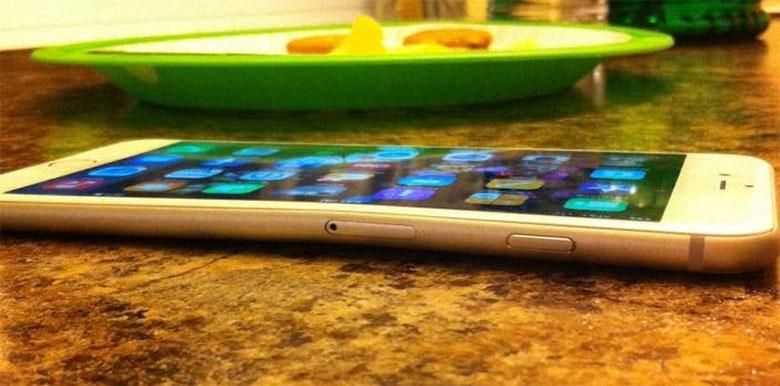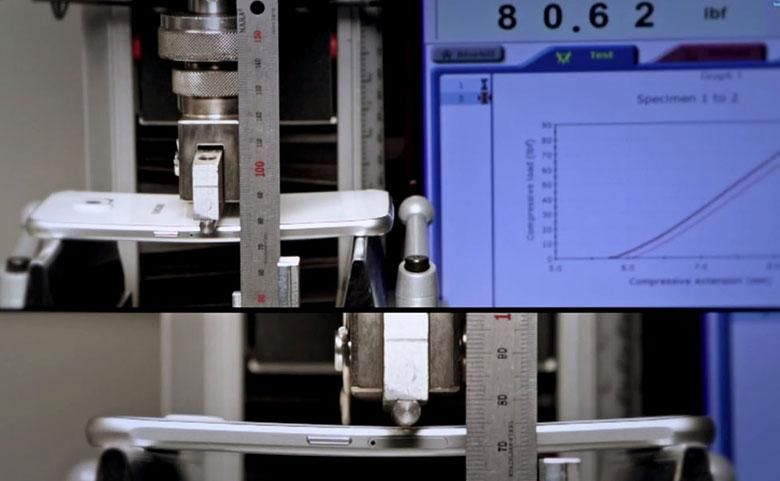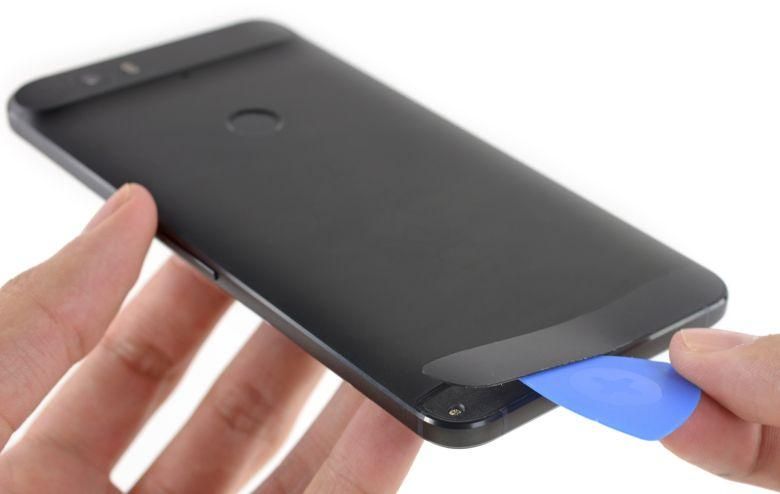People just aren’t happy unless there’s some kind of controversy running amok. Any sufficiently worthy conspiracy theory, especially those that could be shrouded in an actual or alleged scandal (and especially one that involves a cover-up) is worthy of the -gate suffix. So, here we are, on the verge of another -gate – and not just any -gate, it’s #bendgate, part two (or is it part three?). This time around, Google’s latest phablet flagship is at the center. Is it true? Is there really a Nexus 6P bending issue? There just may be, but let’s look at some history to put it all in perspective.
iPhone 6 Plus Bending
After the release of the iPhone 6 and it’s larger sibling, the iPhone 6 Plus, early adopters started reporting that their devices were becoming “curved”. Many Android enthusiasts were quick to point out that our devices had been curved since the Nexus S, the Galaxy Nexus, and the LG G Flex and G Flex 2.
The difference, of course, was that those phones were meant to have a curve, and the iPhones we supposed to be straight and rigid – but were not. Apple responded, going on the record that users were sitting on it wrong. The exact words the company used were that an iPhone 6 Plus bending under “normal use” was “extremely rare.” At the time, only nine such complaints had been received.
Apple went on to tell everyone that it’s latest iPhones featured a “precision engineered unibody enclosure” constructed from 6000 series anodized aluminum and “stainless steel and titanium inserts to reinforce high stress locations”. In other words, “hey, our devices are really strong, m’kay?”
Even still, when Apple designed the iPhone 6S the weak points found in the prior generation were strengthened. The areas around the Home and volume buttons were even thickened by almost 0.8mm so the new version would be less susceptible to bending under normal usage.
Sure, a bunch of iPhones ended up with a gentle curve to match their owners’ backsides, but they didn’t burst into flames or spontaneously stop working. Eventually antagonists got bored with bendgate and moved on.
Galaxy S6 Edge & HTC One M9 Bending
Earlier this year, a company called SquareTrade made headlines after posting a video showing not only the iPhone 6 Plus, but Samsung’s Galaxy S6 Edge and HTC’s One M9 being put through some “tests”. You can check out the painfully gruesome video here.
Spoiler Alert: The phones bent! The horror!
The video focused on the Galaxy S6 Edge and Samsung didn’t stand for being singled out. It responded with a video of it’s own, showing off the bend tests that it conducts on its own products.
According to the company, the tests conducted by SquareTrade were exaggerated, the devices were tested to withstand a force that no one would be able to apply to a phone in regular daily use. To prove this, Samsung even went to the extent of showing us how difficult it is by trying to bend five pencils at once as a way to compare the “correct” amount of force that should be used for these tests to be conducted.
In the end, once users realized that SquareTrade is in the business of selling insurance policies for your phones, it became evident that the company had a vested interest in making the phones look flimsier than they probably were. Again, after the furor died down, that episode of bendgate became nothing more than a blip on the radar of smartphone history.
Nexus 6P Bending
Now that Google’s newest flagship is out, people are looking for every opportunity to tear it apart (both figuratively as well as literally). This is the first Nexus Huawei has made, and the spotlight is focused brightly on the company. As I’m sure you’ve heard around the social networks, #bendgate episode 3 is upon us! The almighty Nexus 6P bends! Gasp!
Videos are circulating which show people apparently bending Google’s latest phablet without much force – at least that’s what it looks like. “Zack”, a “bender” who derives income from videos showing how he can destroy phones, has bent at least two Nexus 6Ps – so far! Upon inspection of the destroyed phones, he makes the following points:
- The aluminium back-frame is held to the body only by the glass panel and a set of plastic dovetails at the bottom of the device.
- The lack of bolted attachment of the back-frame’s siding to the body of the device means that the frame can easily free-float.
- The siding also has a weak point between the volume rocker and power button that matches with a gap in the body between the structurally significant battery and the logic board.
Does this mean that the Nexus 6P is a horrible, terrible, poorly constructed piece of tech? Well, no more so than the iPhone 6 Plus, Galaxy S6 Edge, and HTC One M9. What’s more, the monitor on my desk bends. The keyboard I’m writing this article with bends. My laptop bends. Given enough force, even your car will “bend”. Does that mean they’re all a piece of crap? Absolutely not.
In the race for thinner, lighter phones, it should be obvious that phones, tablets, laptops, and monitors (to name a few) are going to be less rigid. That’s just the natural consequence. If you don’t like that, stop buying thin, light phones – or slap a big, heavy case on them. In the meantime, take care of your tech.
Even bend-meister Zack comes to a similar conclusion.
“Remember that any positive thing that anyone has ever said about this phone is probably still true. Just because it has one fatally significant hardware flaw doesn’t make it a terrible phone. Just treat it nicer than you normally would.” — Zack from JerryRigEverything.com
Put another way, the Nexus 6P bending issue is a non-issue. Don’t put it in pockets that will subject it to forces that could bend it. Don’t deliberately try to bend it. Take care of it, and it will take care of you.
Now, about that “spontaneously cracking” rear glass panel…




